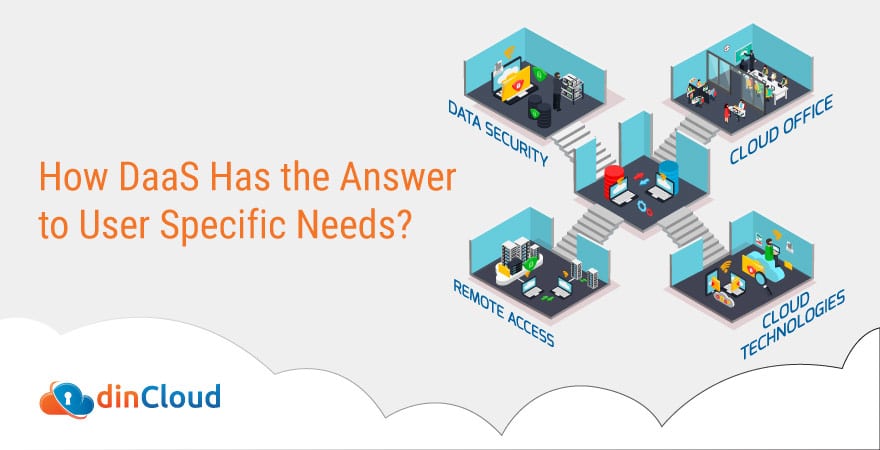During and after the pandemic, the workplace has evolved into a whole new concept. Gone are the days when employees had to show up at the workplace and get their jobs done. Remote work is the new norm and enterprises have to adapt to it.

Although the concept of remote work is not entirely new, the sheer scale at which it is currently taking place is mind boggling. To support a long term remote work strategy that is both secure and reliable, you need a sound technology stack in place.
This extended remote work scenario, both in terms of timeframe and scale, necessitates a thorough working into the needs of each end user. The needs of each end user across an enterprise will vary depending on the role and position.
Related: Key Remote Work Takeaways for 2021
Variables for Each User
We have outlined some important variables that need to be defined for each remote work user. Let’s briefly touch upon each individual aspect.
User Identification
An enterprise will need to map out each end user working remotely. This will start from the identity related credentials and extent to the person’s designation or job role. This will help determine the data and app related needs of that employee.
Device Mapping
This step will include the mapping of each endpoint device that a remote employee will be using. This will extend to both company and employee owned devices. Each organization will have to define clear guidelines for the devices remote workers will use.
In the present scenario, this is a very critical step in the context of security. The personal devices of employees often contain insecure software and applications that may act as a threat vector when company resources are accessed via such insecure devices.
Once you have mapped the devices of remote employees, any further access to employees from “alien” devices should be prohibited. This will not only improve the security posture, but also make the task of monitoring a lot more manageable.
Related: 17 Best Practices to Attain Secure Remote Work Environments
Data Access Needs
Not every remote employee needs access to all the organizational data. Based on the role of each remote employee, the data and app related needs should be defined for each user group. Employees should be given selective access to data.
This in turn will make the daunting task of securing organizational data a whole lot easier. Role based access to data will also go a long way in containing cyber security incidents, if and whenever they happen.
Another advantage of giving limited access to data is improved network performance and reduced latency. This will also go a long way in improving the End User Experience (UX) of remote employees.
Related: Remote Work Expected to Become a Permanent Reality (Gartner)
Location Mapping
This aspect is extremely important in the context of compliance. A remote employee may be accessing data from a different jurisdiction from where the data is originated and stored. So, mapping the location of remote employees will help become more compliant.
By performing this step, organizations will also be able to identify any unusual network traffic patterns that can escalate into full blown cyber threats. Location mapping will help enterprises keep tabs on data access and movement across geographical boundaries.
Related: Remote Work and Home Network Security
Conclusion
With remote work becoming a mainstream trend, enterprises will have to develop a structured approach to deal with it. Desktop as a Service (DaaS) is a cloud technology that effectively tackles all the above pain points very effectively.
As a premier provider of DaaS solutions, dinCloud empowers enterprises to manage their entire DaaS environments via dinManage, an intuitive web based portal. dinCloud’s solutions are purpose built for remote work, regardless of the nature of workloads.
Contact dinCloud for leading remote work solutions that are not only cost efficient, but equally easy to manage.


